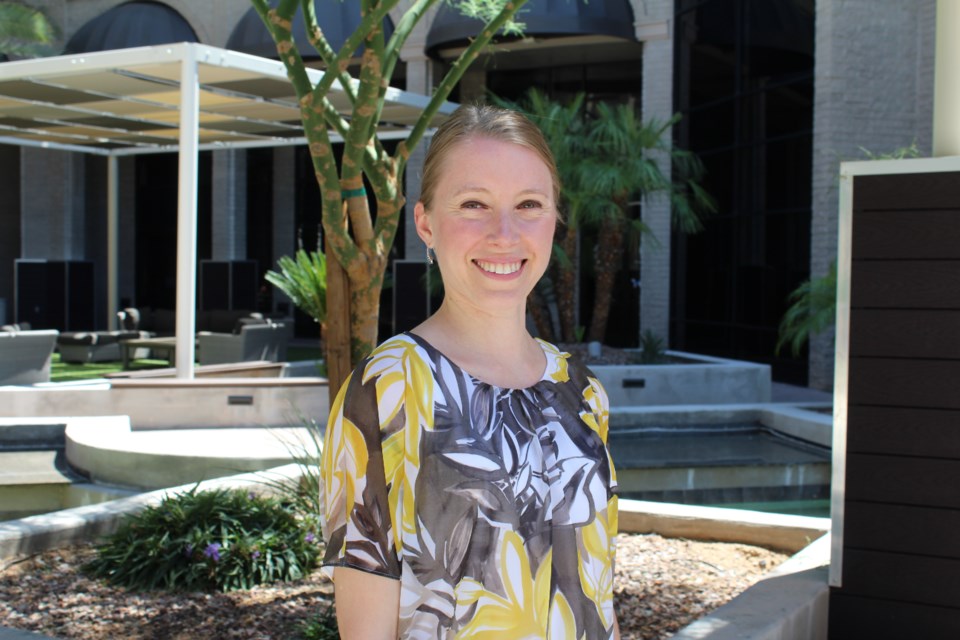Arizona is beautiful. Endless trails and amazing views make it an ideal place to get outside and explore. And the good news is that spending time in nature can also improve your mental health and wellbeing, especially when combined with exercise.
Here are a few facts:
- Studies have shown that being outside lowers cortisol levels, a hormone marker for stress. Mental health conditions like anxiety and depression can lessen by spending a little time outdoors.
- The sun provides valuable vitamin D essential for bone growth and regulating your immune system, which can be a powerful tool for helping battle depression.
- People who stare at computers, and have too much screen time in general, may find that spending time outdoors can alleviate blurred and double vision, red eyes and headaches.
- Some research links higher levels of concentration, creativity and improved mental clarity to being outdoors. Have a challenging issue to solve? Give it some space and see if things become more apparent when you walk out the door.
- Deep breaths of fresh air can increase energy and lower blood pressure and heart rate, much like meditation but with an outdoorsy desert smell.
However, while being outside benefits mental health, we must take precautions, especially with Arizona’s high summer temperatures.
Want to be sun safety smart? Do the following:
- The Arizona sun can damage skin even on cloudy days. Wear sunscreen daily (the higher the SPF, the better) and apply it for at least 20 minutes before going outside. Be sure to reapply every two hours. And don't forget the lip balm. Lips get sunburned, too. An important note: while the sun is highest in the sky at noon, that is typically not the hottest time of the day, particularly in Arizona. High temperatures usually occur from about 3 to 4:30 p.m.
- Even if you apply sunscreen to your face, it’s still a good idea to wear a hat. A hat with a wide brim offers better protection for your scalp, ears, face and the back of your neck.
- Wear your sunglasses. Sunglasses can reduce sun exposure, which can damage your eyes and lead to cataracts. Check the label and choose sunglasses that block at least 90% of UVA and UVB rays.
- Wear long sleeves and pants to protect your skin when playing or working outdoors. Darker colors and fabric with a tight weave provide the most protection.
- If you go outside, check the daily UV Index. The ultraviolet or UV index (on a scale of 1 to 11) measures the sun's intensity. The higher the UV, the more careful you should be.
- Stay hydrated. Arizona’s dry temperatures and low humidity can be deceiving, as you might not sweat as much as you’d expect. Be sure to drink plenty of water.
With more than 300 sunny days annually, being mindful and smart about sun safety and protection is vital at any age. It is especially important for children since much of a person's exposure to the sun occurs before age 18.
So grab a bottle of water, put on your hat and sunscreen and get outside. You'll be glad you did.
Melissa Baker is director of integrated health at the Jewish Family & Children’s Service Glendale Healthcare Center. More information about JFCS is available at jfcsaz.org.



